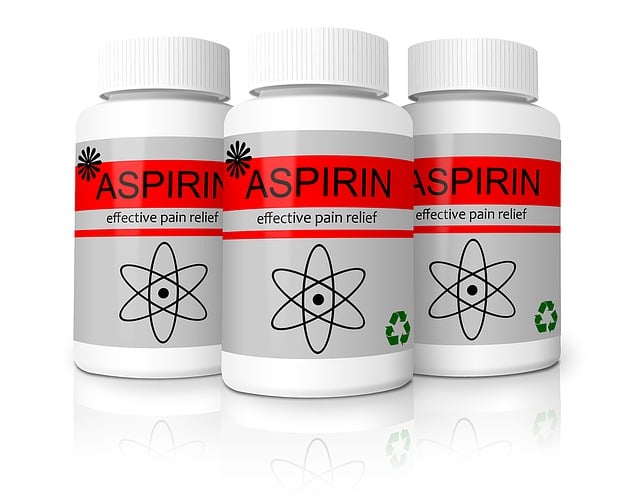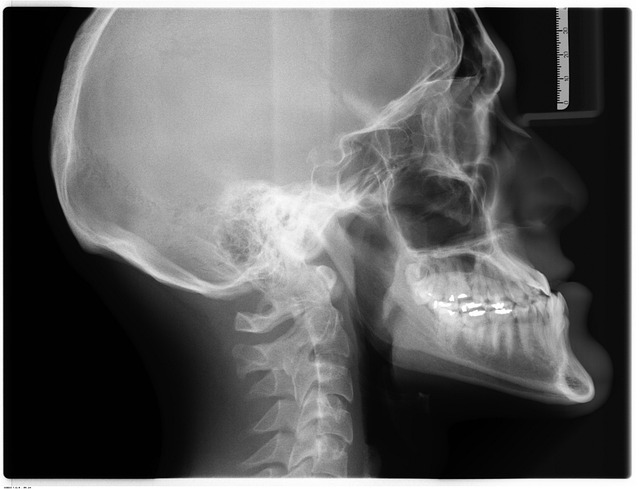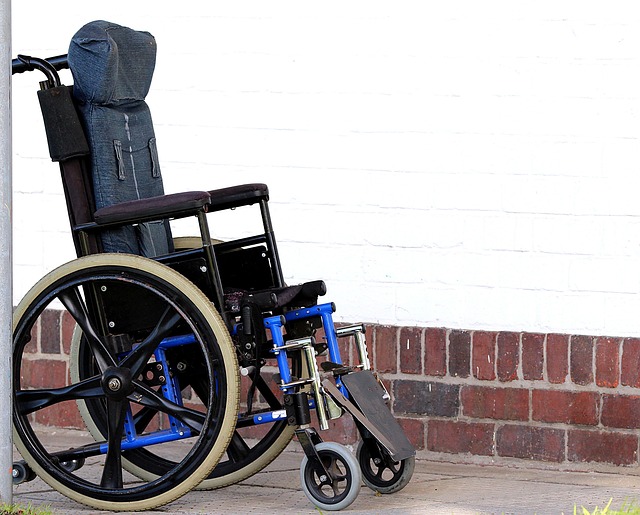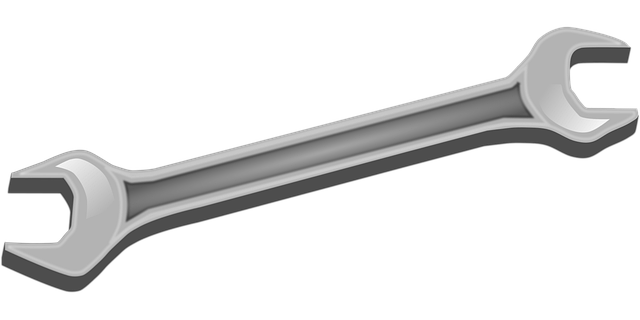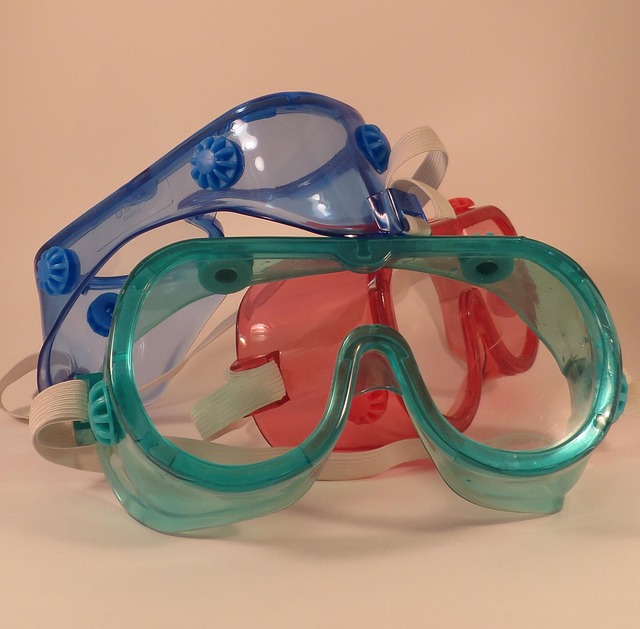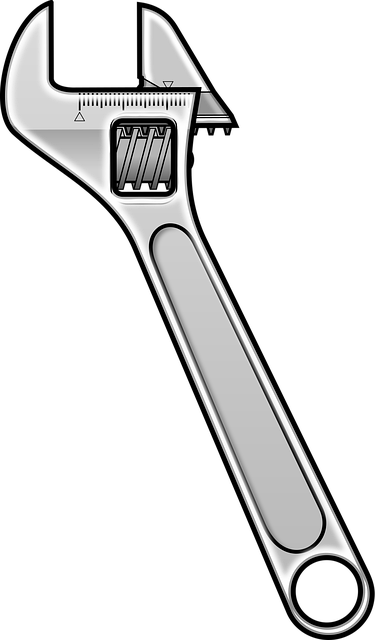Car accidents often lead to soft tissue injuries causing discomfort and reduced mobility, with delayed symptoms. Chiropractic care offers a non-invasive approach using manual adjustments, exercises, and modalities to alleviate pain, accelerate healing, and restore range of motion. Early intervention enhances recovery, prevents long-term complications, and optimizes function by addressing spinal misalignments and nerve pressure. Regular chiropractic sessions and preventive measures like good posture, stretching, exercise, and stress management techniques are crucial for managing car accident injuries.
“After a car accident, soft tissue injuries can often go unnoticed, but they significantly impact recovery. This comprehensive guide delves into the intricate world of post-accident healing, focusing on chiropractic treatment as a holistic approach. We explore effective strategies for managing and preventing these injuries, emphasizing the crucial role of chiropractic care in optimal recovery. Learn how to navigate the road to healing with expert insights on rehabilitation techniques.”
- Understanding Soft Tissue Injuries After a Car Accident
- Chiropractic Treatment for Optimal Recovery
- Tips for Effective Rehabilitation and Prevention
Understanding Soft Tissue Injuries After a Car Accident

Soft tissue injuries are a common occurrence in car accidents, affecting muscles, ligaments, and tendons rather than bones. These types of injuries can range from minor strains to severe tears and often manifest as pain, stiffness, and limited mobility. Recognizing these injuries is crucial because they might not be immediately evident during initial examinations. Many victims experience delayed onset of symptoms, with pain intensifying or new issues arising days or even weeks after the accident.
Chiropractic treatment plays a vital role in managing car accident soft tissue injuries. Chiropractors employ various techniques to assess and treat these conditions, focusing on manual adjustments, targeted exercises, and therapeutic modalities. This comprehensive approach aims to reduce pain, promote healing, and restore the patient’s range of motion. Early intervention is key to enhancing recovery outcomes and preventing long-term issues from developing.
Chiropractic Treatment for Optimal Recovery

Chiropractic care plays a significant role in the recovery process for individuals who have sustained soft tissue injuries in car accidents. Chiropractic treatment focuses on the manipulation and adjustment of the spine, as well as other joint structures, to restore proper alignment and function. This non-invasive approach is particularly beneficial for car accident victims as it helps alleviate pain, improve mobility, and reduce inflammation associated with whiplash and other soft tissue damages.
Chiropractors use a variety of techniques, including hands-on adjustments, joint mobilization, and therapeutic exercises, to support the body’s natural healing process. Regular chiropractic sessions can help accelerate recovery, prevent long-term complications, and optimize overall function. By addressing underlying spinal misalignments, chiropractic treatment can alleviate pressure on nerves, improve circulation, and facilitate the repair of damaged soft tissues, ultimately contributing to a more rapid and complete recovery after a car accident injury.
Tips for Effective Rehabilitation and Prevention

Tips for Effective Rehabilitation and Prevention
Following a car accident, soft tissue injuries can be complex to heal. One effective approach is chiropractic treatment, which focuses on adjusting and mobilizing the spine and joints to reduce pain and improve mobility. Chiropractors also offer therapeutic modalities like heat and ice therapy, electrical stimulation, and massage to enhance recovery. Regular sessions with a qualified chiropractor can significantly speed up the healing process and restore function.
Prevention is key when it comes to managing car accident injuries. Maintaining good posture both in and out of the vehicle is crucial, as is practicing regular stretching and exercise to keep muscles strong and flexible. Using properly adjusted seats and wearing supportive belts can also help minimize impact during a collision. Additionally, being mindful of stress management techniques like deep breathing and meditation can alleviate tension that may exacerbate existing injuries.
In the aftermath of a car accident, understanding and prioritizing soft tissue injury recovery is paramount. By recognizing the potential for non-life-threatening yet significant injuries, individuals can actively manage their health through specialized chiropractic treatment and effective rehabilitation practices. Chiropractic care plays a pivotal role in optimizing healing, alleviating pain, and restoring mobility affected by such injuries. Embracing these strategies not only facilitates a faster recovery but also empowers folks to prevent similar incidents in the future, ultimately enhancing overall well-being.
